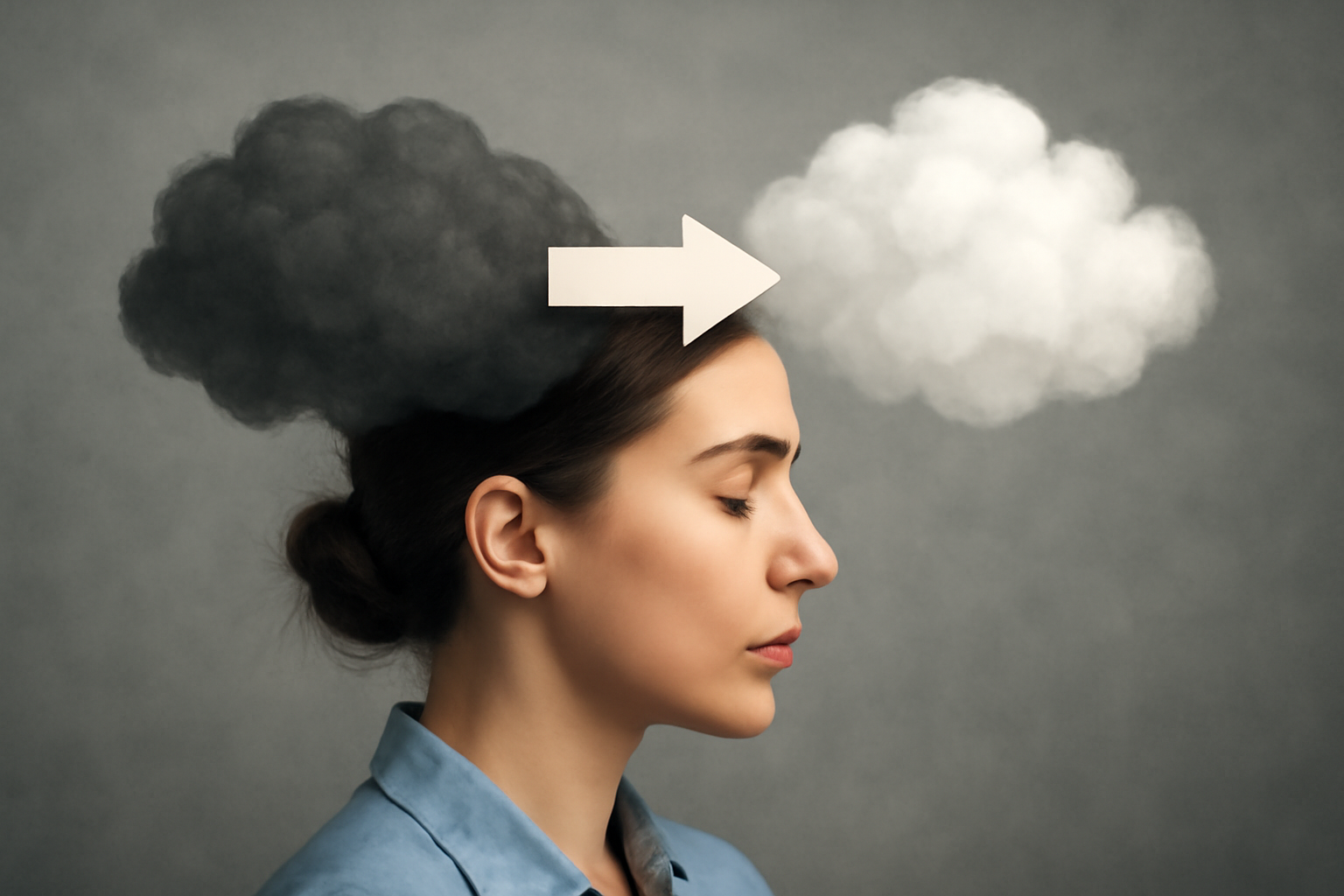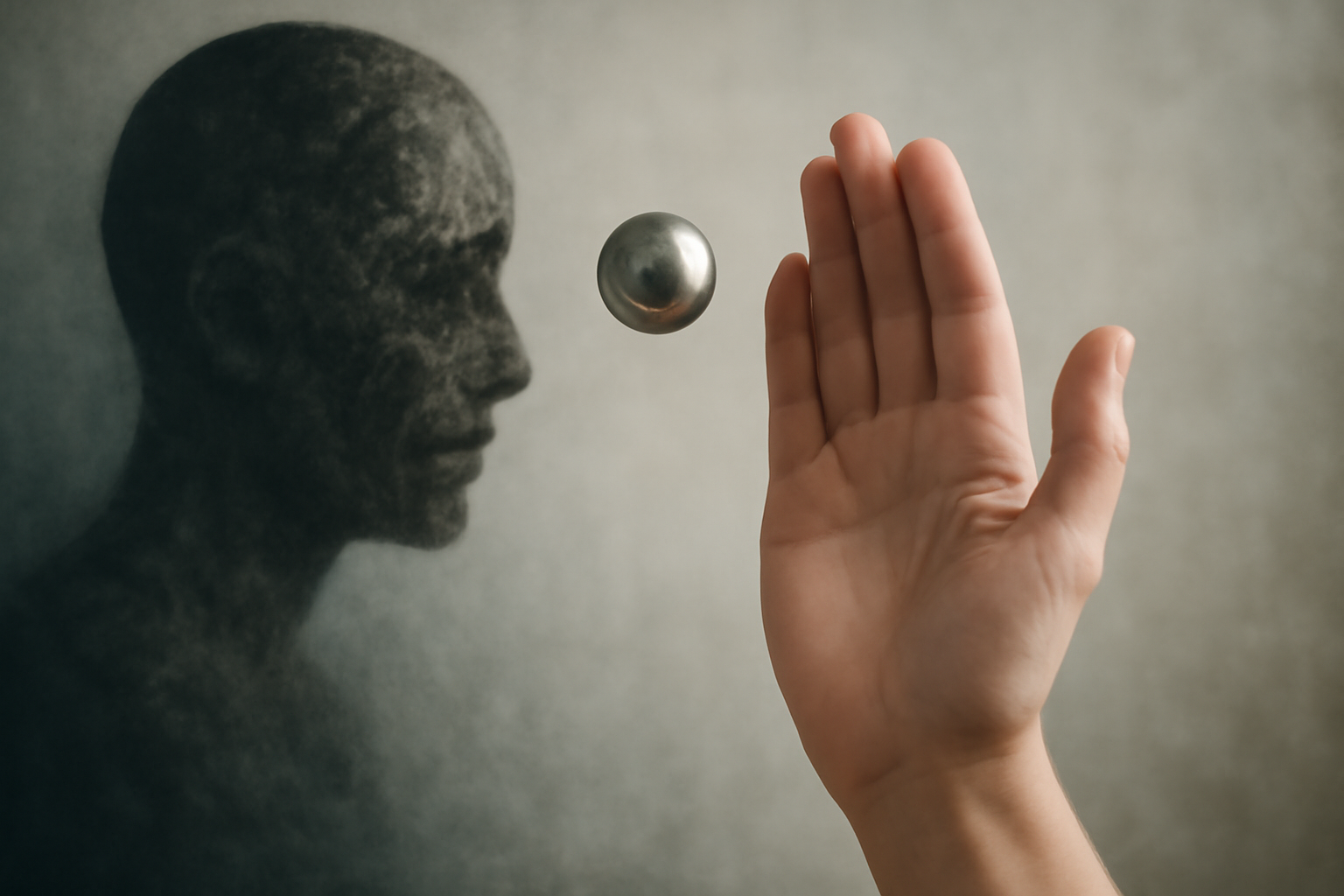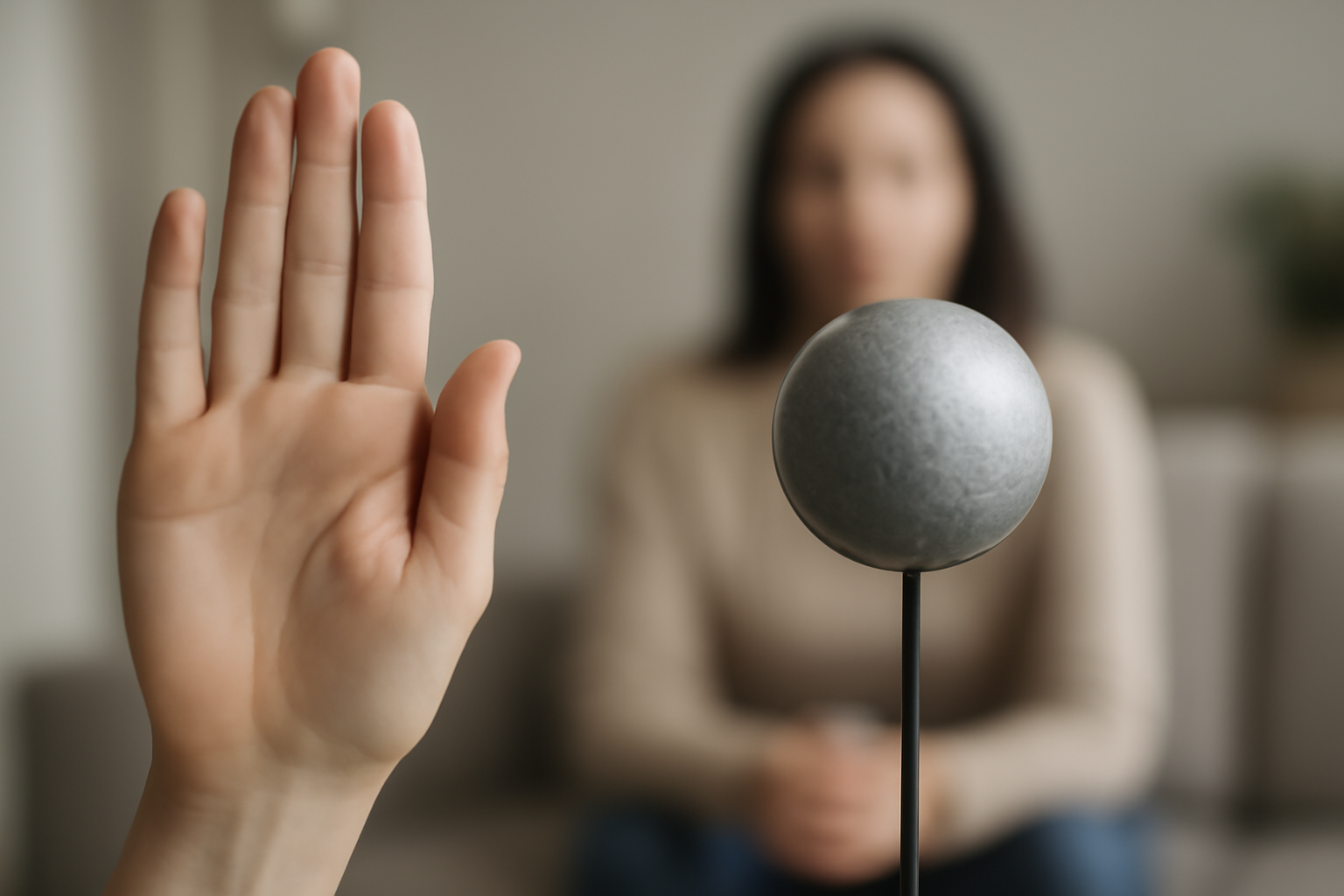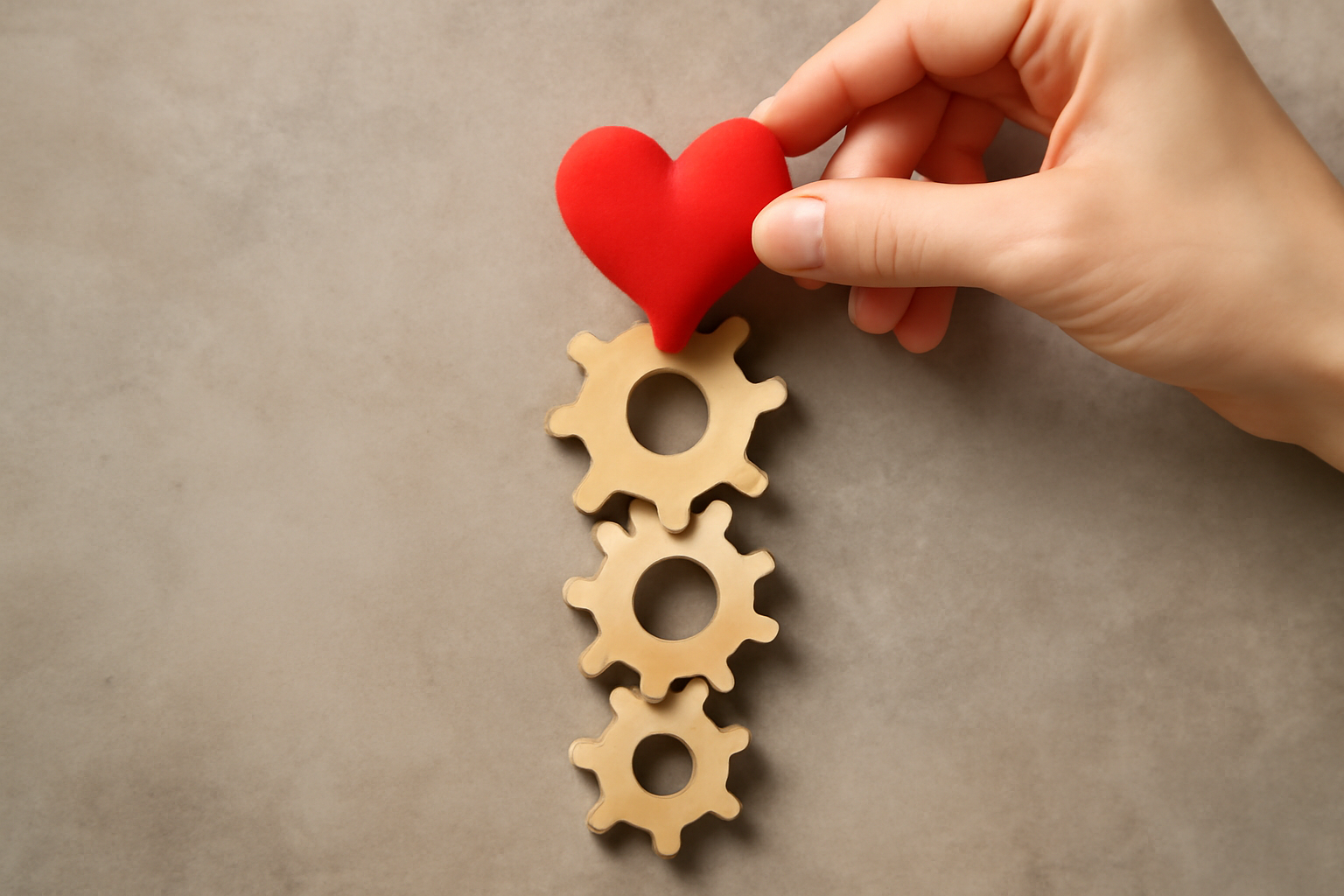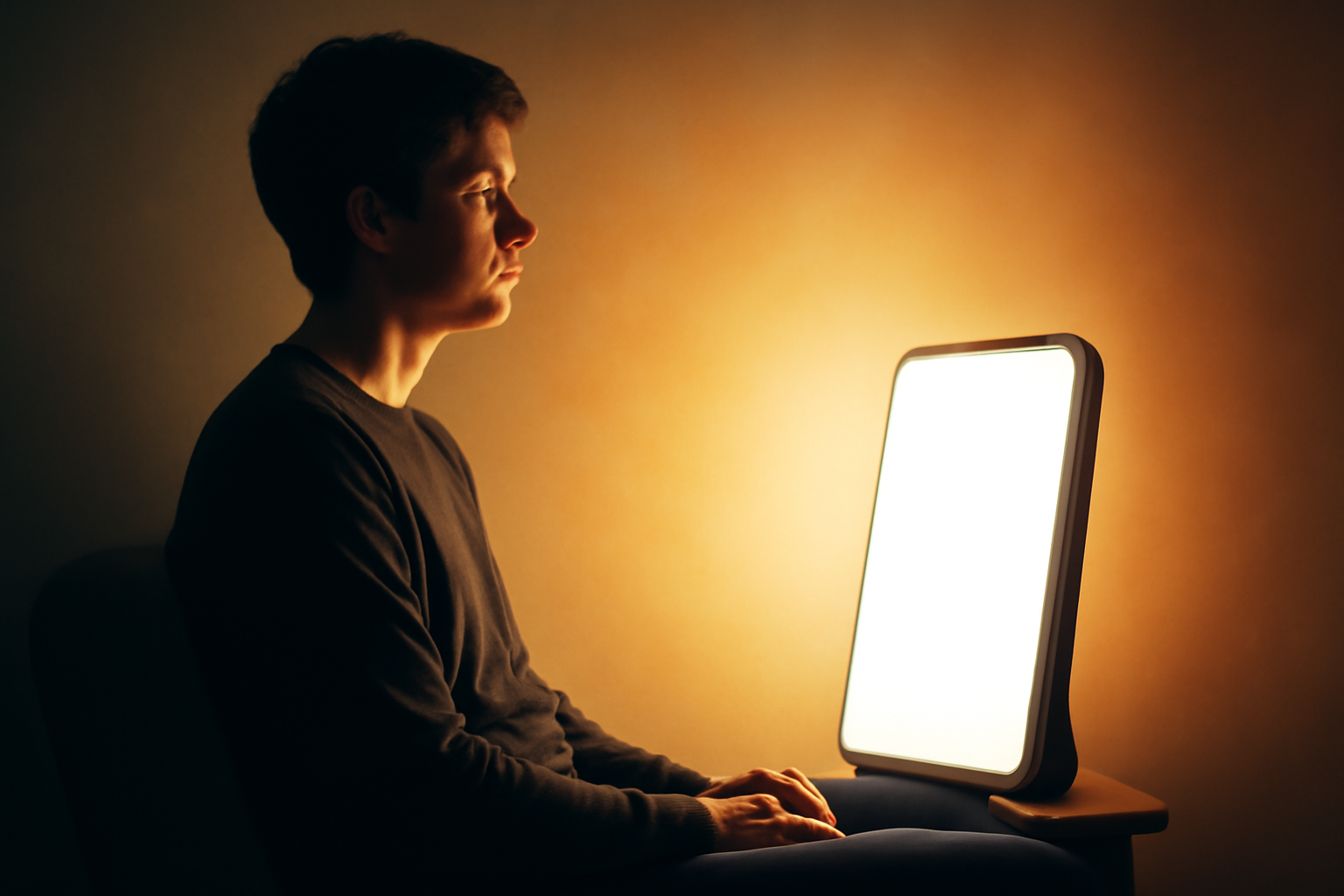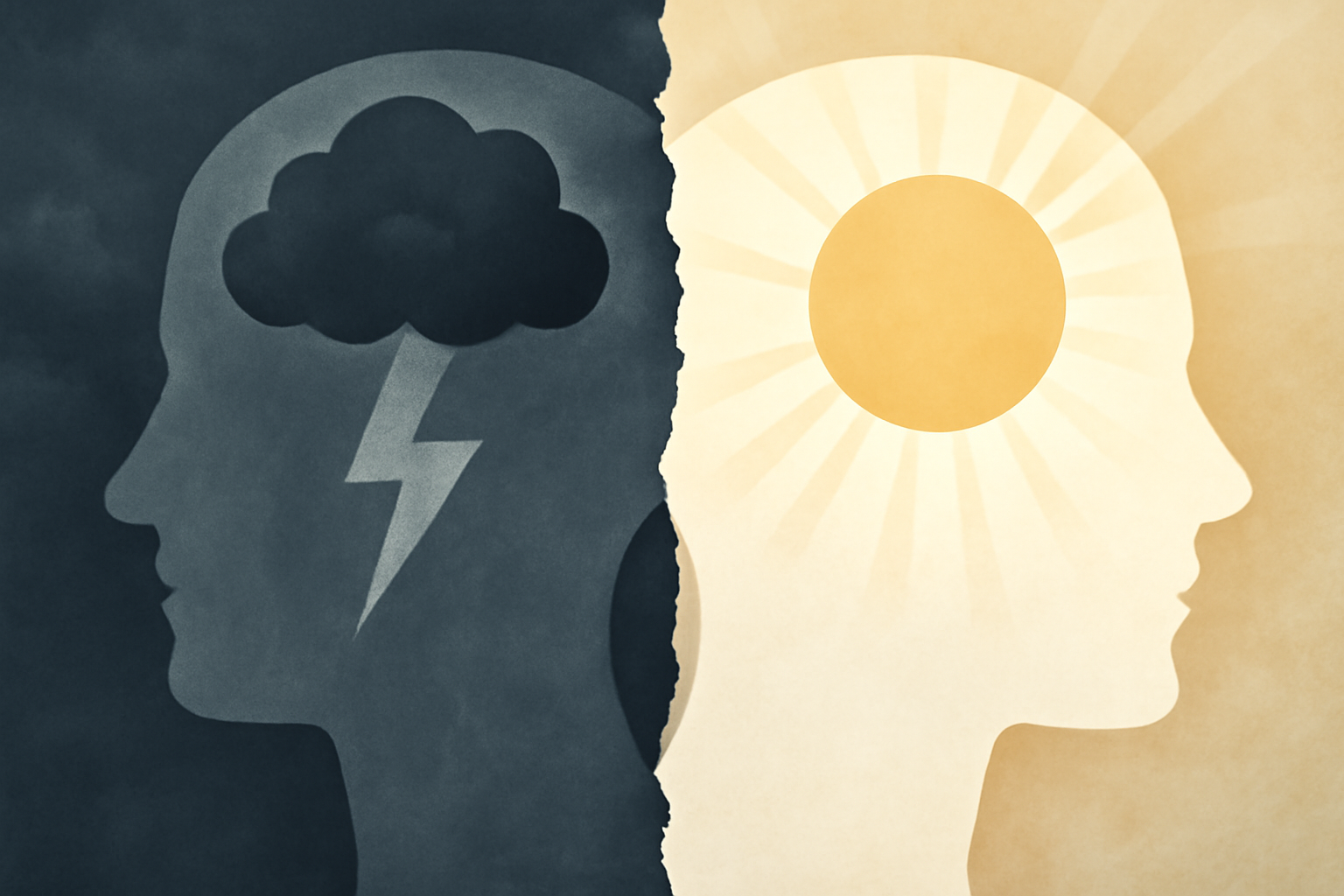CBT rests on the cognitive-behavioral model: what you think influences how you feel and behave, and your behaviors shape your thoughts and emotions.
EMDR helps the brain reprocess distressing information so memories feel less intrusive and more integrated into a coherent narrative of self
By guiding the mind through bilateral stimulation while recalling difficult events, EMDR aims to re-store memories in a way that feels less intrusive.
Rational Emotive Behavior Therapy (REBT) is a practical, directive form of psychotherapy designed to help people change disruptive emotional patterns.
Light therapy harnesses the power of bright, carefully calibrated light to influence brain chemistry, sleep-wake cycles, and mood.
Light therapy, often referred to as SAD light therapy, uses bright light to influence the body’s biological clock and mood-regulating systems.
to slow down, reflect, and examine inner processes, this approach aims to foster insight, emotional regulation, and healthier relationships.
Applied behavior analysis (ABA) is a systematic, science‑based approach to understanding and changing behavior. It uses clear definitions,
Techniqueslumair2025-08-17T22:06:28+00:00

